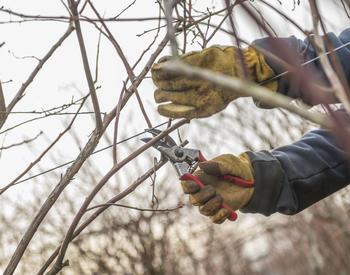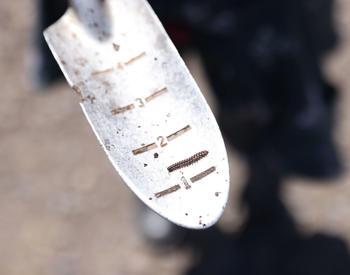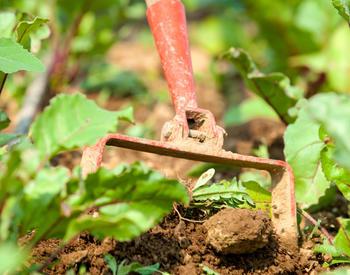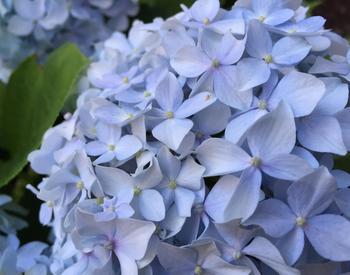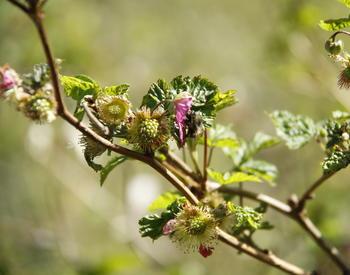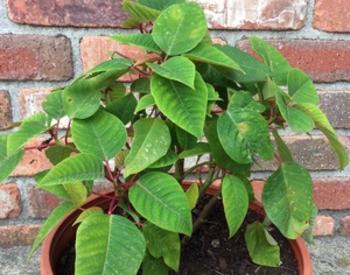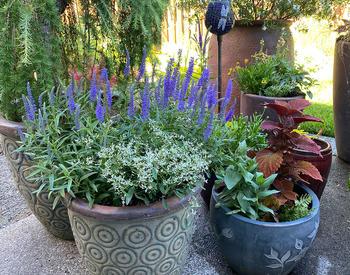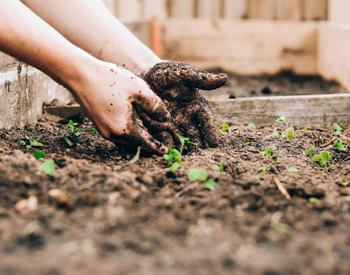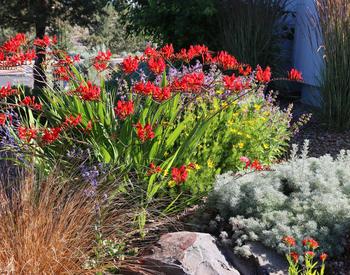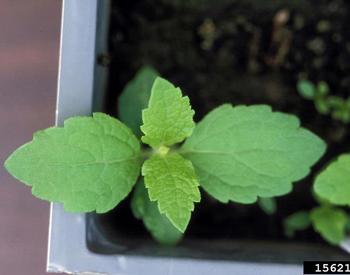Transcript
In this segment, we'll determine if this tree is worth saving. John, I don't even think this tree was planted intentionally here. It seems awfully close to the spruce, and it has a really weird growth habit. Is it worth saving? Well, this all depends. You know, if you want to have a tree like this cherry in your landscape and you feel that it's something of value to you, then there are things you need to consider. First of all, get an identification of this tree so you understand how large and what the form is at maturity. If it is going to be too large for the space that you have available, the right move might be removing it altogether and then finding a tree of your liking to plant nearby that will coexist really well with this conical spruce tree. However, if you decide that you want to keep it, then there are some things that Tom will demonstrate we can do to clean it up a little bit and keep it in better shape.
Some of the pros of saving a tree like this might be that it's unique in the landscape. In that particular landscape, this is a cherry, so maybe it's going to have really pretty spring blooms. It may have some benefit for wildlife later in the summer. And some cons might be that structurally, it's not ideal because of the way that it's grown in, and maybe in this case, it's a little close to the spruce here. Right? So yes, all of those values or benefits that you mentioned, Nicole, are things to consider.
So let's assume that our homeowner does want to save this tree. Tom, where would you start?
Okay, so I think we're going to maintain it as a two-stem tree because it has some interesting character for the yard. So our concerns really are going to be to create some separation between it and the spruce and to do some elevation because we do have pedestrian traffic in this area. So I'm just going to basically do some elevation work pretty quick and get rid of some of these crossing limbs in the interior. And that's probably all the pruning we'll do for one cycle. So here goes right now.
So I'm supporting my cuts as I go to prevent tearing, and I have a very sharp saw. A really sharp tool makes all the difference in a cut like this, doesn't it?
I can usually make two-inch cuts without even prying very hard with deep claws, and it's much safer than getting the chainsaw. I'm paying quite a bit of attention to how I initially align my saw on the flesh so I'm not cutting beyond the branch bar taller, but I have a lot of experience at this. You might need to go a little bit slower. To me, it's already starting to look neater and more attractive just by not having so much going on right around that base.
Yeah, just to add to that, Nicole, we do see that now what looked like a very large tall shrub is taking on more of a tree form this time. You know, completes removal of some of those lower branches. So as Tom is finishing up those cuts around the base, is there anything you do about these roots that are coming out over this trunk here?
Certainly. You know, when you saw Tom with the chainsaw there, he was being very careful not to nick the trunk or other branches with that sharp, fast-rotating saw. I noticed that. But where we see some of those smaller roots that have actually grown over other roots, that can cause what's called root girdling or even trunk girdling. So as the tree itself, the main stem and trunk get bigger in size, with those types of over-lacing type roots, those also tend to get larger in size. Pretty soon, they're working against each other and constricting one another, cutting off good nutrient and water flow to one another and can lead to the demise of that tree. So with the, I guess, as a trained arborist, they can make very good decisions about which of those roots to take away to reduce that girdling root effect on the tree.
Great, that way the tree will have a better chance to survive now that we've decided to save it.
Yes, and certainly better to get them when they're small like they are now rather than when they're much bigger and perhaps a little more necessary.
So this is what we're talking about right here, and these are roots from the spruce tree, right? The spruce is a very perfect-rooted tree, so keep that in mind when you're selecting the spruce, that those roots do tend to not only go deeply but they also like to hang out near the surface, so they may spread and climb over the roots of other plants. So, you know, making sure that spruce has plenty of room is very essential. And Tom is removing some of those spruce roots that have kind of grown over the cherry tree.
Great. Well, I think we've done the best we can for this tree. Appreciate the help with it.
Looks better.
Yes, it does.
What a “volunteer” tree is in a landscape, its merits, and how it can be salvaged for a more attractive profile. With Oregon State University Extension’s Nicole Sanchez and certified arborists John Bellon and Tom Ford.
